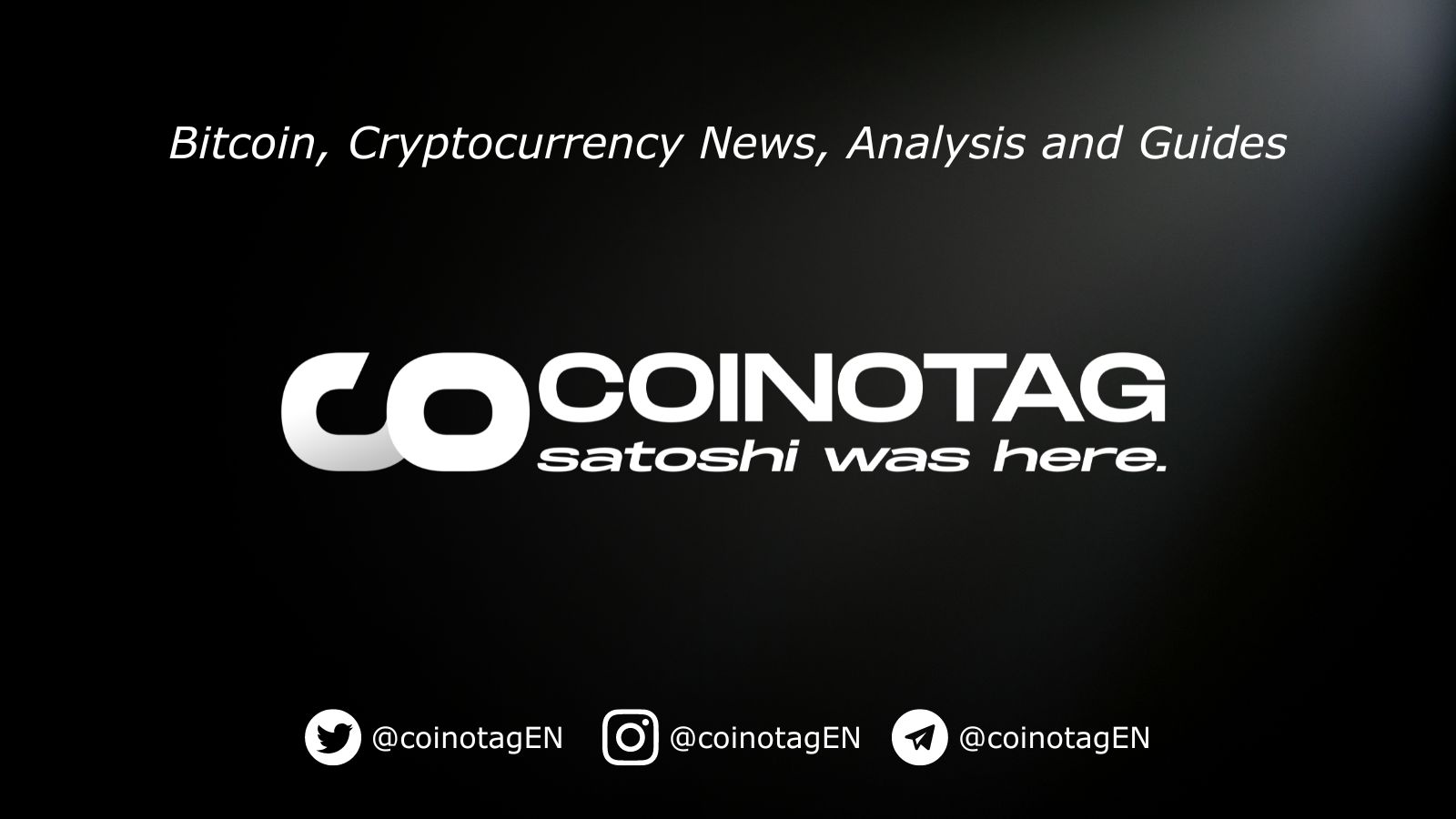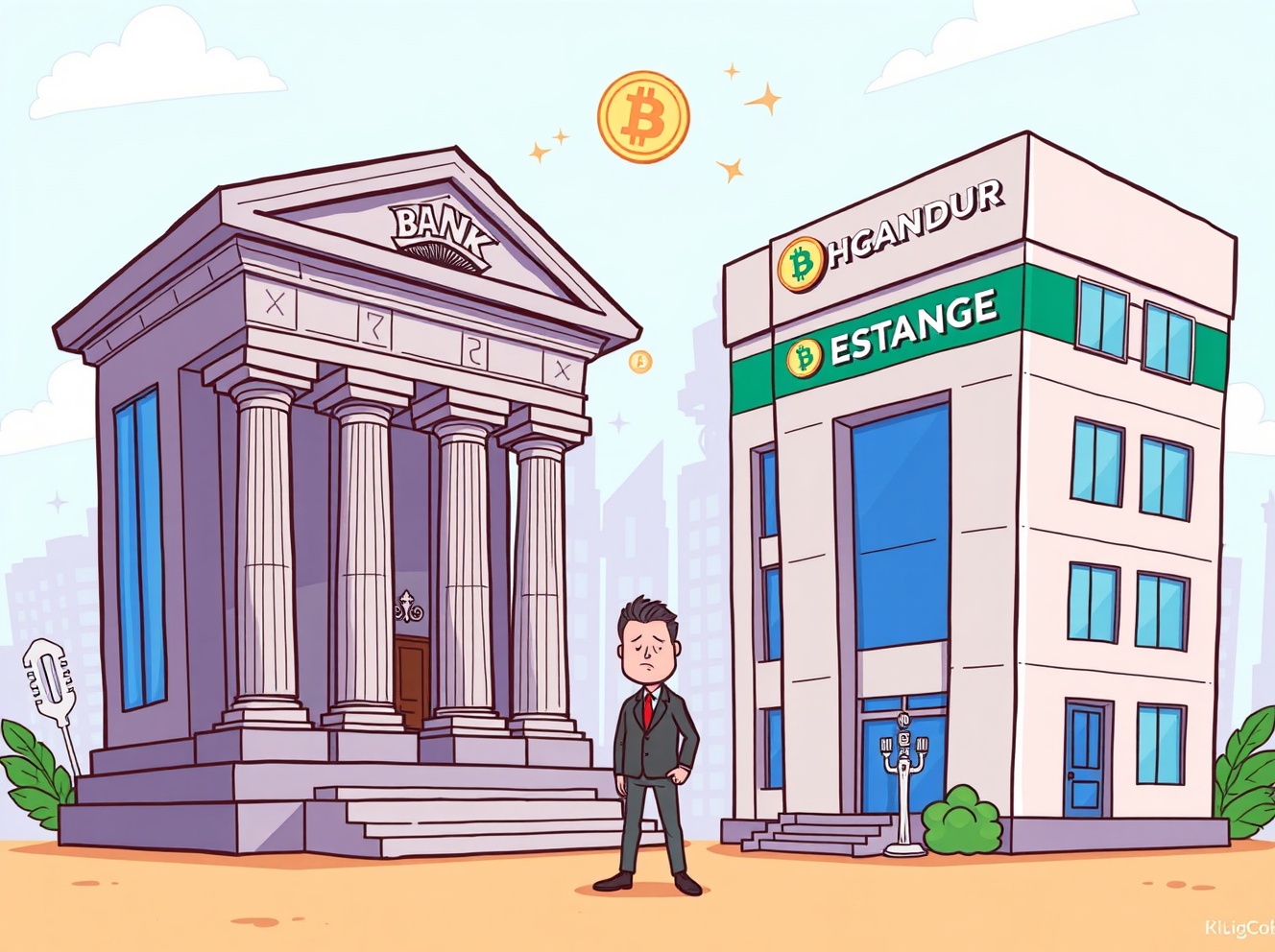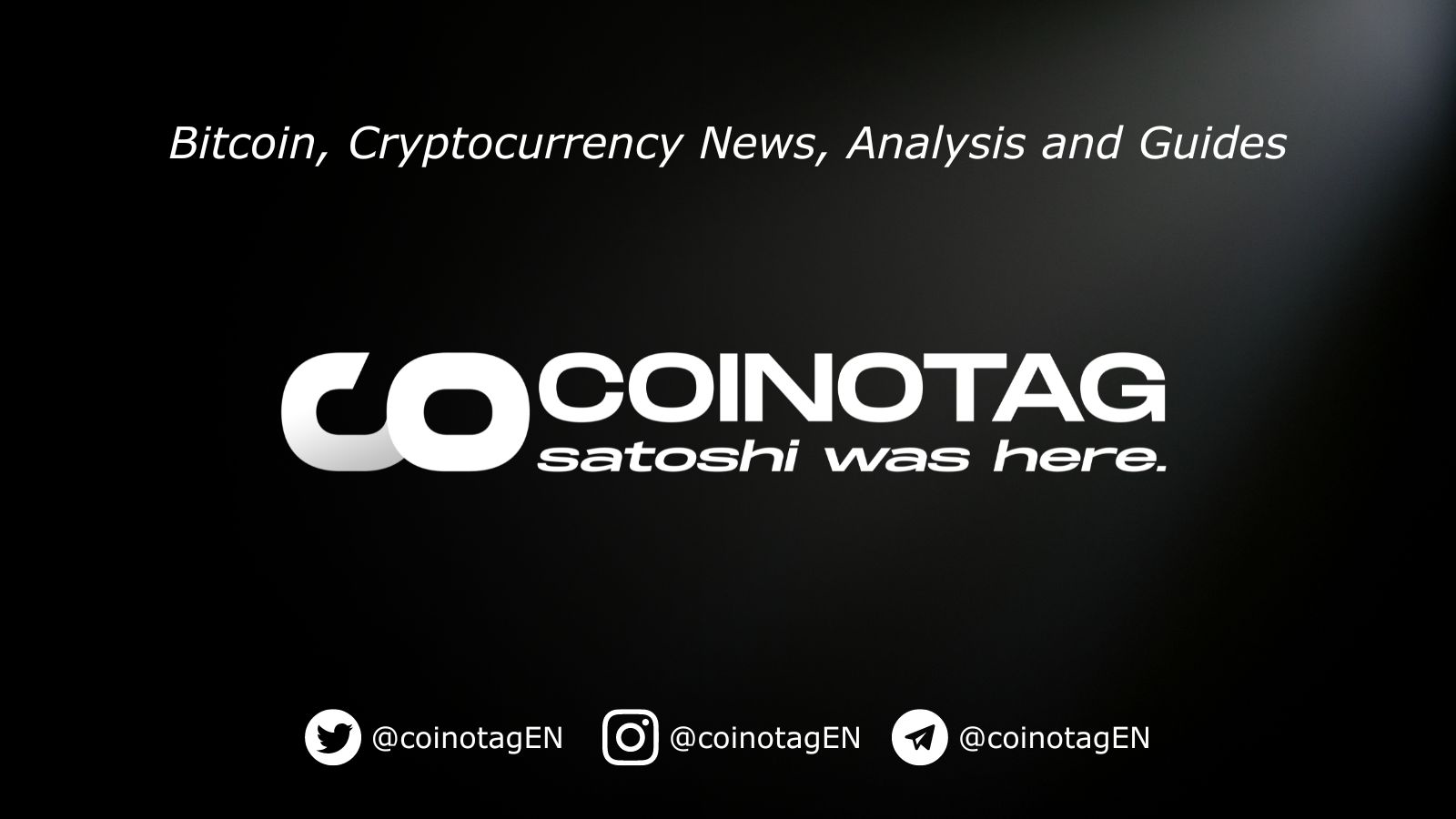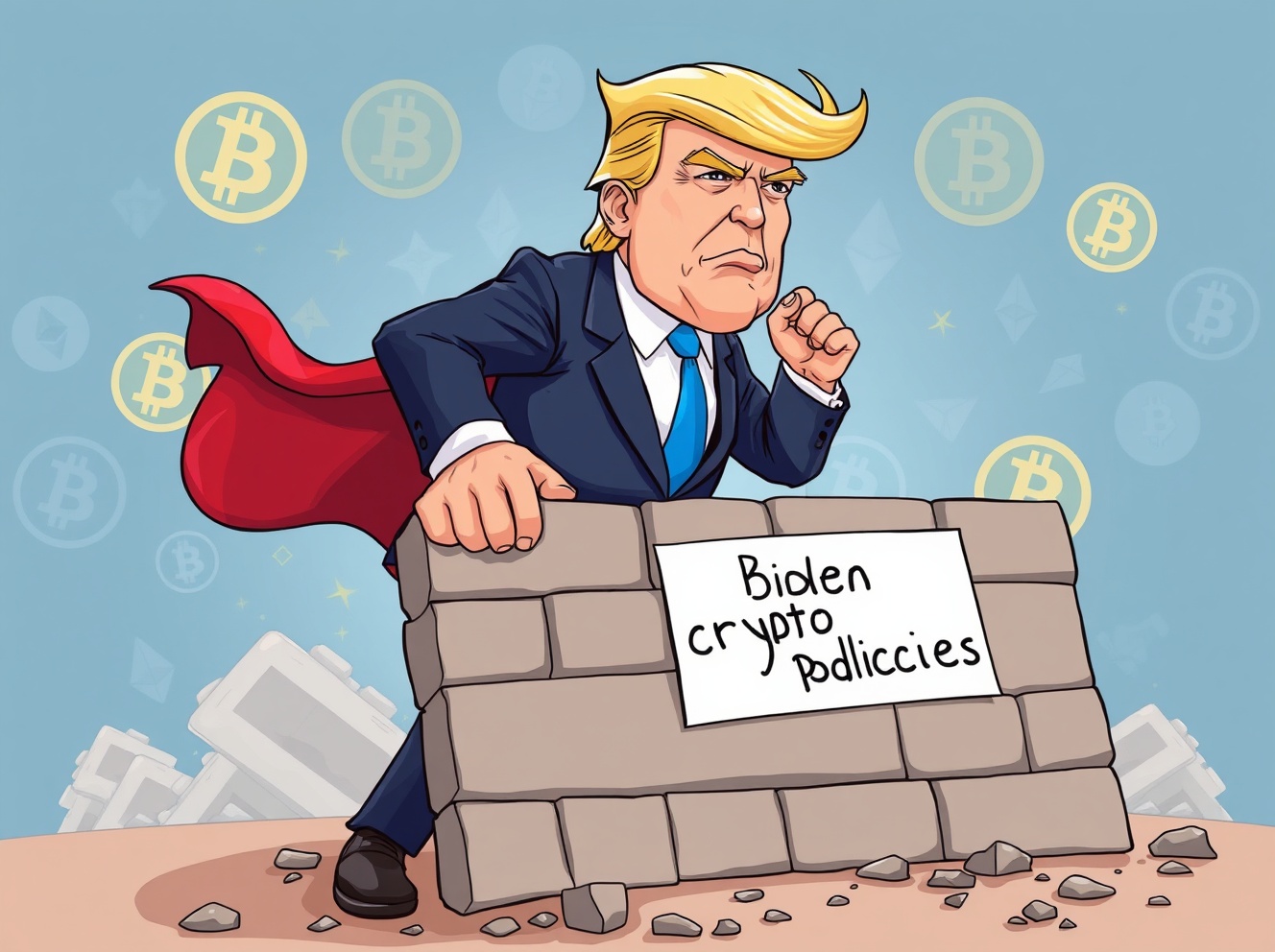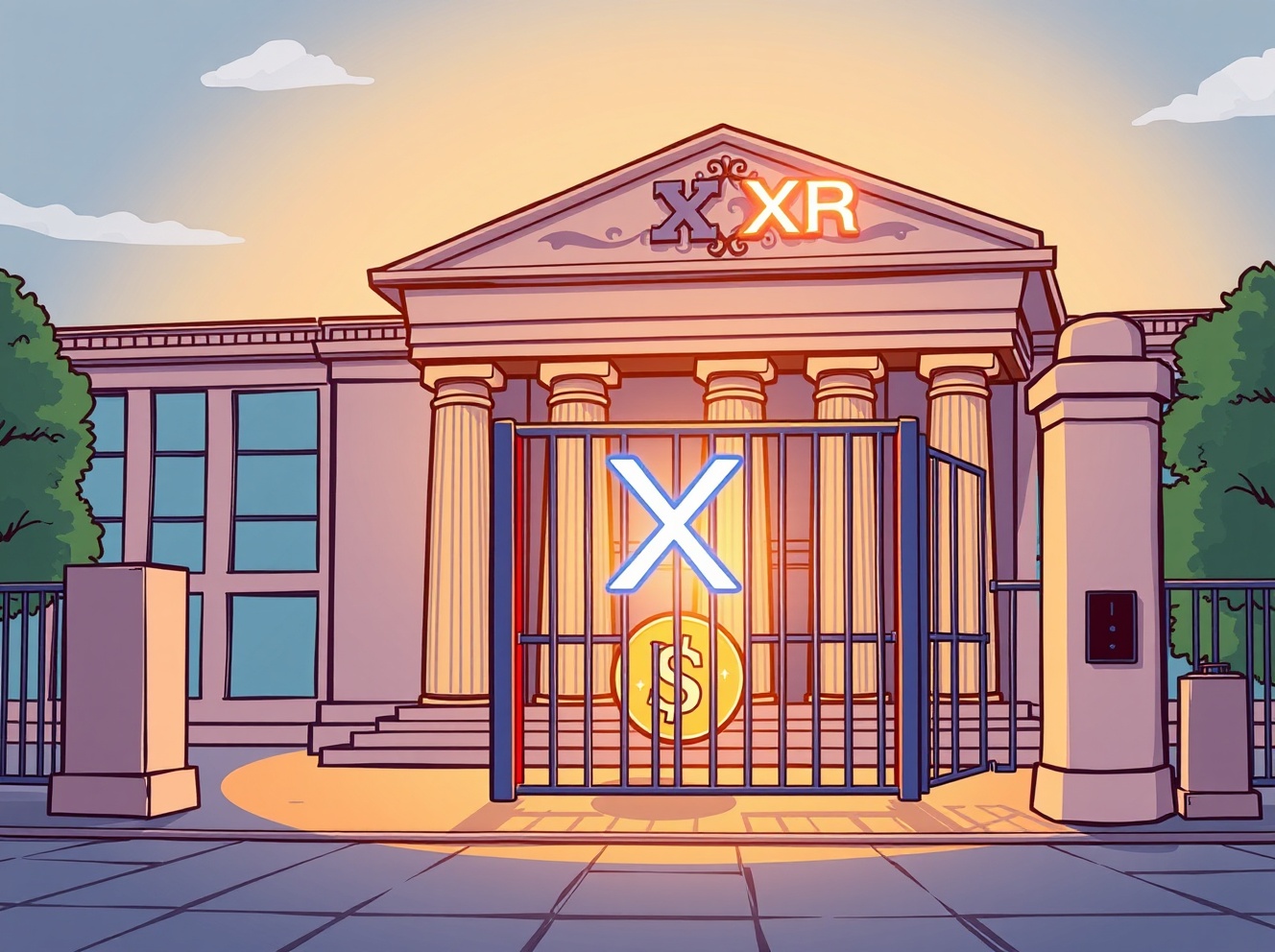
BitcoinWorld XRP ETF: Franklin Templeton’s Crucial Step Towards Spot Approval The world of digital assets is buzzing with exciting news! Franklin Templeton, a major player in the investment management space, has taken a significant step forward, filing an amended S-1 application for its much-anticipated spot XRP ETF with the U.S. Securities and Exchange Commission (SEC). This development, initially brought to light by Bloomberg ETF analyst James Seyffart, marks a crucial moment for XRP enthusiasts and the broader cryptocurrency market. What exactly does this mean for the future of XRP and its journey into mainstream finance? What Does an Amended Spot XRP ETF Application Signify? When a firm like Franklin Templeton files an amended S-1 application for a spot XRP ETF , it signals continued engagement and a commitment to meeting regulatory requirements. An S-1 is essentially a registration statement that public companies file with the SEC before their securities can be traded on a national exchange. An amendment indicates that the issuer is responding to feedback from the SEC, refining their proposal, and providing more detailed information. This process is a common part of launching any new financial product, especially one as innovative as a spot XRP ETF . It shows that discussions are ongoing and that the issuer is actively working towards eventual approval. For the crypto community, each amendment brings us closer to potentially seeing XRP traded in a regulated, traditional investment vehicle. Why is a Spot XRP ETF So Important for XRP’s Future? The potential launch of a spot XRP ETF holds immense significance for the cryptocurrency. Here’s why: Enhanced Legitimacy: SEC approval would lend substantial credibility to XRP, positioning it alongside traditional assets and reducing perceived risks. This move could solidify XRP’s standing in the financial world. Institutional Adoption: ETFs provide a familiar and regulated gateway for institutional investors, who might otherwise be hesitant to directly hold cryptocurrencies. This could unlock massive capital flows and bring new participants into the XRP ecosystem. Increased Accessibility: Retail investors could gain exposure to XRP through traditional brokerage accounts, without needing to navigate complex crypto exchanges or manage private keys. This simplifies the investment process for many. Price Discovery and Liquidity: A successful ETF could lead to improved price discovery, increased trading volumes, and greater liquidity for XRP, benefiting all market participants. Navigating the Regulatory Landscape for a Spot XRP ETF While the filing of an amended application is a positive sign, the path to a fully approved spot XRP ETF is not without its hurdles. The U.S. Securities and Exchange Commission (SEC) has historically taken a cautious, and at times, litigious approach to cryptocurrencies. The ongoing legal saga between the SEC and Ripple, the company behind XRP, has cast a long shadow over XRP’s regulatory status. However, recent court rulings have provided some clarity, distinguishing between XRP’s institutional sales and programmatic sales on exchanges. This distinction has been a critical factor in renewing optimism for an XRP-based ETF. Each step taken by firms like Franklin Templeton demonstrates their belief in XRP’s future and their willingness to work within the regulatory framework, paving the way for a potential spot XRP ETF . Franklin Templeton’s amended S-1 application for a spot XRP ETF is more than just a procedural update; it’s a powerful indicator of the growing institutional interest and the persistent efforts to integrate digital assets into mainstream finance. While regulatory clarity remains an evolving process, this move signifies a hopeful trajectory for XRP. Investors and enthusiasts alike will be watching closely as this story unfolds, anticipating a future where XRP gains broader acceptance and accessibility through regulated investment vehicles. Frequently Asked Questions (FAQs) About the Spot XRP ETF Q1: What exactly is a spot XRP ETF? A: A spot XRP ETF (Exchange-Traded Fund) is an investment product that directly holds XRP, the native cryptocurrency of the Ripple network. It allows investors to gain exposure to XRP’s price movements through traditional brokerage accounts without having to buy and store the actual cryptocurrency themselves. Q2: Why is Franklin Templeton’s amended S-1 filing significant? A: An amended S-1 filing indicates that Franklin Templeton is actively engaging with the SEC, responding to their feedback, and refining their proposal for a spot XRP ETF . This signals continued commitment and progress toward potential approval, moving the application closer to meeting regulatory standards. Q3: What are the main benefits of a spot XRP ETF for investors? A: The primary benefits include increased accessibility for traditional investors, enhanced legitimacy for XRP as an asset class, potential for greater institutional adoption, and improved liquidity and price discovery for the cryptocurrency market. Q4: What challenges does a spot XRP ETF face in gaining SEC approval? A: The main challenges include the SEC’s cautious stance on cryptocurrencies, particularly the ongoing regulatory uncertainties surrounding XRP’s legal classification, stemming from the lawsuit between the SEC and Ripple. Regulatory clarity is crucial for approval. Q5: How does the SEC vs. Ripple lawsuit impact the prospects of an XRP ETF? A: The lawsuit has created regulatory ambiguity. However, recent court decisions distinguishing between XRP’s institutional and programmatic sales have provided some legal clarity, which is a positive development that could potentially ease the path for a spot XRP ETF approval. Did you find this article insightful? Share it with your friends and fellow crypto enthusiasts on social media to spread the word about this exciting development in the world of XRP and institutional finance! To learn more about the latest crypto market trends, explore our article on key developments shaping XRP institutional adoption. This post XRP ETF: Franklin Templeton’s Crucial Step Towards Spot Approval first appeared on BitcoinWorld .
Bitcoin World
You can visit the page to read the article.
Source: Bitcoin World
Disclaimer: The opinion expressed here is not investment advice – it is provided for informational purposes only. It does not necessarily reflect the opinion of BitMaden. Every investment and all trading involves risk, so you should always perform your own research prior to making decisions. We do not recommend investing money you cannot afford to lose.
Metaplanet Bitcoin Loan: Unlocking $100M for Strategic Growth

BitcoinWorld Metaplanet Bitcoin Loan: Unlocking $100M for Strategic Growth In a groundbreaking move that highlights the growing confidence in digital assets, Metaplanet, a publicly traded Japanese company, has successfully secured a significant financial injection. This strategic Metaplanet Bitcoin loan , valued at an impressive $100 million, leverages the company’s substantial Bitcoin holdings as collateral. It’s a bold step that not only solidifies Metaplanet’s commitment to Bitcoin but also opens new avenues for corporate financing in the crypto era. What is the Metaplanet Bitcoin Loan and How Does it Work? The core of this financial maneuver is a Bitcoin-backed loan. Essentially, Metaplanet used its existing Bitcoin treasury as collateral to obtain a fiat currency loan. This mechanism allows companies to access capital without having to sell their valuable Bitcoin assets, thus retaining potential upside while still funding operational needs. Collateralized Lending: Metaplanet’s 38,230 BTC holdings, as reported on October 31, served as the foundation for this $100 million loan. Strategic Capital Access: This approach provides liquidity without divesting from their primary treasury asset. Trust in Bitcoin: The ability to secure such a large loan demonstrates increasing institutional trust in Bitcoin’s value and stability as a collateral asset. The decision to secure this Metaplanet Bitcoin loan reflects a forward-thinking financial strategy, positioning the company at the forefront of digital asset integration in corporate finance. Why This Strategic Move Matters for Metaplanet Metaplanet isn’t just securing a loan; it’s executing a multi-faceted strategy designed to enhance its market position and expand its influence. The $100 million in funds will be allocated across several key areas: Purchasing Additional BTC: A significant portion of the loan will be reinvested directly into buying more Bitcoin, further increasing Metaplanet’s treasury holdings. This shows conviction in Bitcoin’s long-term value. Company Share Buybacks: By buying back its own shares, Metaplanet aims to increase shareholder value and consolidate ownership. This can signal confidence to investors and potentially boost stock prices. Expanding Business Operations: The remaining funds will fuel broader business expansion, enabling Metaplanet to pursue new ventures and grow its market footprint. This approach highlights Metaplanet’s unique position as a Japanese publicly traded company that has wholeheartedly embraced Bitcoin as a primary treasury asset. Their strategy goes beyond simply holding Bitcoin; it involves actively leveraging it for corporate growth. The Broader Implications of Bitcoin-Backed Financing Metaplanet’s move is not an isolated incident; it’s part of a growing trend where companies are exploring innovative ways to utilize their digital asset holdings. The success of the Metaplanet Bitcoin loan could inspire other corporations to consider similar strategies, especially those with substantial crypto treasuries. For the wider crypto market, this institutional adoption of Bitcoin as collateral adds another layer of legitimacy and utility. It demonstrates that Bitcoin is evolving beyond a speculative asset to a foundational element in corporate financial planning. However, it’s important to acknowledge the inherent volatility of Bitcoin, which presents both opportunities and risks for such financing models. Metaplanet’s Vision: A Future Built on Bitcoin Metaplanet’s commitment to a Bitcoin-centric strategy, highlighted by this Metaplanet Bitcoin loan , is clear. They view Bitcoin not just as an investment, but as a core component of their financial infrastructure and future growth. This vision positions them as a pioneer in integrating digital assets into traditional corporate finance, potentially setting a precedent for others. Their actions reflect a belief in Bitcoin’s long-term potential as a hedge against inflation and a store of value. By continuously increasing their Bitcoin holdings and using them strategically, Metaplanet is building a robust, future-proof treasury that aligns with the evolving global financial landscape. The Metaplanet Bitcoin loan represents a bold step towards a future where digital assets play an even more integral role in corporate strategy. It underscores the innovative potential of Bitcoin, not just as a currency or an investment, but as a powerful tool for strategic financing and business expansion. As Metaplanet continues its journey, its pioneering approach will undoubtedly be watched closely by both traditional finance and the cryptocurrency world. Frequently Asked Questions (FAQs) Q1: What is a Bitcoin-backed loan? A Bitcoin-backed loan is a type of loan where a borrower uses their Bitcoin holdings as collateral to secure a loan, typically in fiat currency. This allows them to access liquidity without selling their Bitcoin. Q2: How much did Metaplanet secure in this loan? Metaplanet secured a $100 million loan using its Bitcoin holdings as collateral. Q3: What will Metaplanet use the loan funds for? Metaplanet plans to use the funds to purchase additional Bitcoin, buy back company shares, and expand its business operations. Q4: What makes Metaplanet unique in its approach to Bitcoin? Metaplanet is a Japanese publicly traded company that has incorporated Bitcoin as a primary treasury asset, actively leveraging it for strategic financial maneuvers like this loan. Q5: What are the benefits of a Metaplanet Bitcoin loan for the company? The benefits include accessing capital without selling BTC, retaining potential upside from Bitcoin appreciation, increasing shareholder value through buybacks, and funding business expansion. Q6: Does this loan indicate a broader trend in corporate finance? Yes, Metaplanet’s move highlights a growing trend of companies exploring Bitcoin-backed financing, indicating increasing institutional adoption and utility of digital assets in corporate treasury management. If you found this article insightful, consider sharing it with your network! Help us spread the word about the innovative ways companies like Metaplanet are integrating digital assets into their financial strategies. Your shares help foster a deeper understanding of the evolving crypto landscape. To learn more about the latest corporate crypto strategy trends, explore our article on key developments shaping Bitcoin institutional adoption. This post Metaplanet Bitcoin Loan: Unlocking $100M for Strategic Growth first appeared on BitcoinWorld . Bitcoin World

Urgent: KOSPI Trading Curb Activated Amid Volatility
BitcoinWorld Urgent: KOSPI Trading Curb Activated Amid Volatility The financial markets often present unpredictable moments, and a recent development on the Korea Exchange has once again brought a crucial market mechanism into focus. An urgent KOSPI trading curb , known locally as a “sidecar,” was triggered on the KOSPI market. This activation temporarily halts program sell orders when market volatility spikes dramatically, serving as a vital circuit breaker. This measure is designed to provide a moment of calm, allowing investors to reassess market conditions rather than succumbing to panic selling. Understanding such mechanisms is essential for anyone following global financial news, especially given its direct impact on market stability. What Exactly is a KOSPI Trading Curb (Sidecar)? A KOSPI trading curb , or “sidecar,” is a specific type of circuit breaker implemented by the Korea Exchange. Its primary function is to temporarily halt program sell orders when the market experiences extreme downward pressure. This mechanism is not about stopping all trading, but rather about pausing automated, high-volume sell orders that can exacerbate market declines. When triggered, the sidecar provides a brief cooling-off period. This pause gives market participants, both institutional and individual, an opportunity to digest new information and make more rational decisions, rather than reacting impulsively to rapid price movements. It’s a strategic intervention aimed at preventing a domino effect of selling. Why Was the KOSPI Trading Curb Activated Again? The recent activation marks the second instance this year, following a previous trigger on April 7. The decision to activate the KOSPI trading curb stems directly from a significant spike in market volatility. When key market indices fall sharply and rapidly, the exchange employs these tools to mitigate potential chaos. The goal is to prevent a freefall and maintain investor confidence. By intervening, the Korea Exchange aims to ensure orderly market operations, even during periods of intense pressure. This proactive approach helps to safeguard the integrity of the market against sudden, unpredictable shocks. Understanding the Impact: What Does a KOSPI Trading Curb Mean for Investors? For investors, the activation of a KOSPI trading curb carries several implications. Initially, it means that automated sell orders are paused, which can temporarily reduce selling pressure. This pause offers a critical window for reflection. Here are key takeaways for investors: Opportunity for Reassessment: The halt provides time to evaluate personal portfolios and market news without immediate pressure. Signal of Volatility: An activated sidecar indicates significant underlying market stress, prompting caution. Temporary Measure: Remember, the curb is a temporary halt, not a permanent shutdown. Trading resumes after a set period. While the curb can be unsettling, it ultimately serves as a protective measure. It allows the market to breathe and reduces the likelihood of widespread panic that could lead to even greater losses. How Does the KOSPI Trading Curb Compare Globally? The concept of a trading curb is not unique to the Korea Exchange. Many global stock markets employ similar “circuit breaker” mechanisms. For instance, exchanges in the United States have their own rules for halting trading based on significant index declines. These mechanisms share a common philosophy: to protect market stability and investor interests during times of extreme volatility. While the specifics might vary—such as the percentage drop required to trigger a halt or the duration of the pause—the underlying principle remains consistent across major financial centers worldwide. The KOSPI trading curb is therefore a standard, albeit infrequent, tool in the global financial toolkit. In conclusion, the activation of the KOSPI trading curb is a clear indicator of heightened market sensitivity. However, it is also a testament to the robust safeguards in place to manage such volatility. These mechanisms are not designed to eliminate market downturns but to ensure they unfold in a more controlled and orderly fashion, protecting both individual investors and the broader financial system from undue shock. Frequently Asked Questions (FAQs) What is a KOSPI trading curb? A KOSPI trading curb, also known as a “sidecar,” is a temporary halt on program sell orders on the Korea Exchange’s KOSPI market. It activates when market volatility spikes significantly, acting as a circuit breaker to prevent rapid, uncontrolled selling. How often are KOSPI trading curbs activated? KOSPI trading curbs are activated infrequently, typically during periods of high market stress. The recent activation was the second instance this year, following one on April 7. What triggers a KOSPI trading curb? A KOSPI trading curb is triggered by a sudden and substantial increase in market volatility, usually characterized by a rapid decline in key market indices, signaling potential panic selling. How long does a KOSPI trading curb last? The duration of a KOSPI trading curb is temporary, typically lasting for a set period, such as 5 minutes. Its purpose is to provide a brief cooling-off period before trading resumes. What should investors do when a KOSPI trading curb is active? During a KOSPI trading curb, investors should use the pause to reassess market conditions and their portfolios. It is an opportunity to avoid impulsive decisions and plan their next steps calmly, rather than reacting to immediate market movements. If you found this article insightful, consider sharing it with your network! Spreading awareness about crucial market mechanisms like the KOSPI trading curb helps everyone navigate financial markets more confidently. Share on social media and help others understand these important safeguards. To learn more about the latest crypto market trends, explore our article on key developments shaping Bitcoin price action . This post Urgent: KOSPI Trading Curb Activated Amid Volatility first appeared on BitcoinWorld . Bitcoin World

